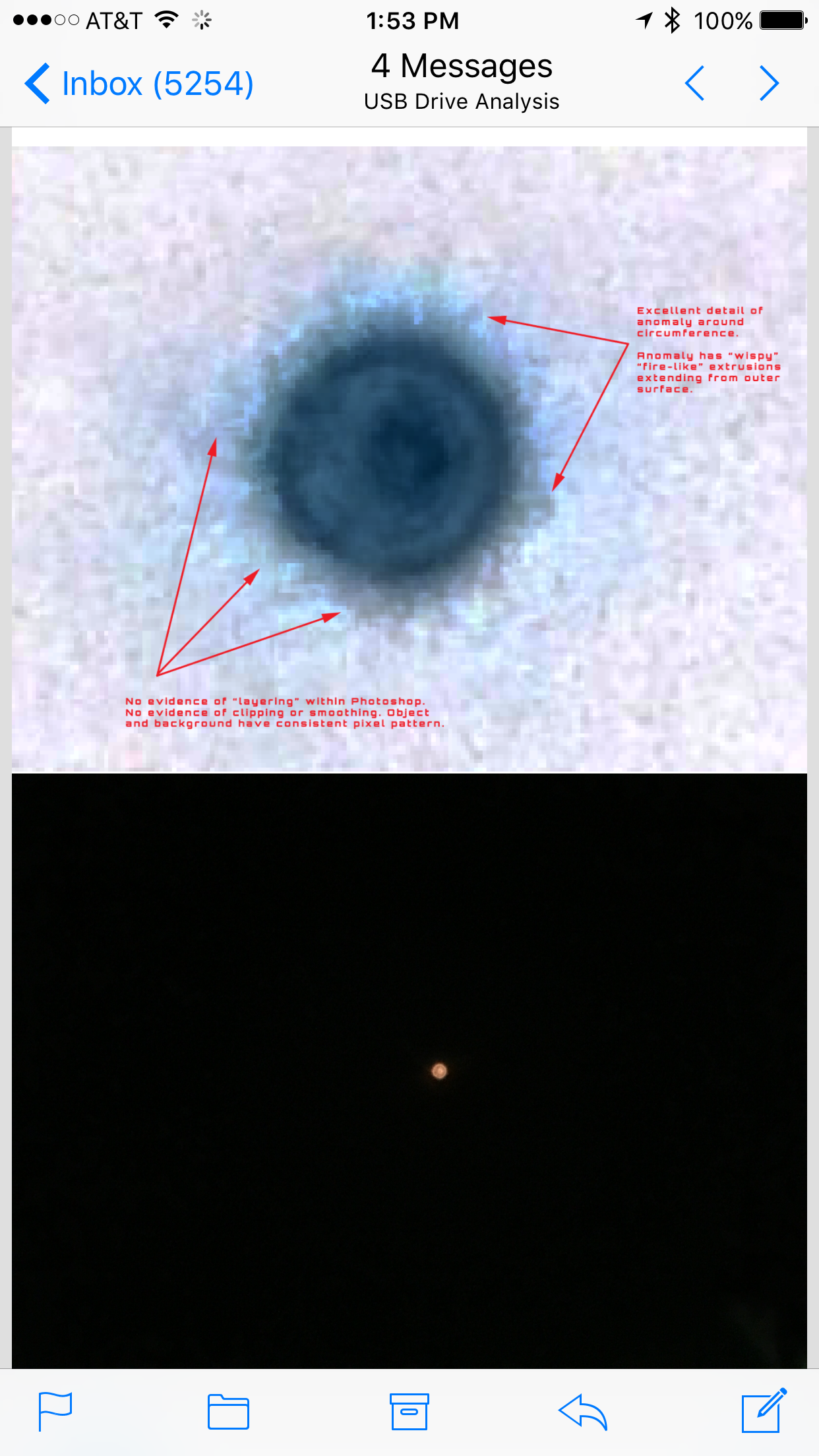
Generate New Template
https://www.energy.gov/sites/default/files/2019/04/f61/doe-fy2020-budget-volume-3-Part-2.pdf
On page 109 of the budget plan, it states:
As part of the DOE’s Grid Modernization Initiative (GMI) efforts, the SI subprogram will focus on the tools and technologies to measure, analyze, protect, and control the integration of variable solar energy sources with variable energy uses as they interact on the electrical grid. GMI coordinates efforts across the Department to develop the concepts, tools, and technologies needed to measure, analyze, predict, protect, and control the grid of the future. Projects are executed by or in close coordination with Grid Modernization Lab Consortium (GMLC), a collection of National Laboratories that bring together the leading experts, technologies, and resources to modernize the nation’s grid. By requiring close collaboration on projects between the GMLC, industry, academia, and other important stakeholders, the GMI accelerates technology development, promotes innovation, and encourages broader investment in the grid.
Funding in FY 2020 will support early-stage R&D activities at the National Laboratories through the GMLC, in partnership with academia and industry, in foundational analysis and evaluation of solar integration challenges, solar impact to power system planning and operation, power electronics and intelligent control, sensing and communication integrity, data analytics, and cybersecurity. National Laboratory research also supports industry’s development of test and evaluation standards by providing objective data and modeling that can be trusted by all involved parties.
A competitive funding opportunity is planned to fund projects to improve cybersecurity, and to improve grid reliability, flexibility, and resilience through the integration of solar energy technology with energy storage and other distributed energy resources as a part of the Advanced Energy Storage Initiative, which coordinates energy storage activities to advance technologies that create more flexible generation and more flexible load. The solicitation will focus on early-stage research and development of system models and hardware and software prototypes. As there are nearly two million solar energy systems interfacing with the distribution grid, research will include methods for securing and hardening solar generation devices to address vulnerability to cybersecurity attacks and enhance resilience after disruptive events, in coordination with the Office of Cybersecurity, Energy Security and Emergency Response. This early-stage research is beyond the scope of utilities and regulatory agencies and provides a critical knowledge base for industry in addressing grid integration challenges.
Of particular interest is the mention of the Office of Cybersecurity, Energy Security and Emergency Response (CESER) as the DoE group responsible for the security aspects of this initiative.
submitted by /u/HotFluffyDiarrhea
[link] [comments]